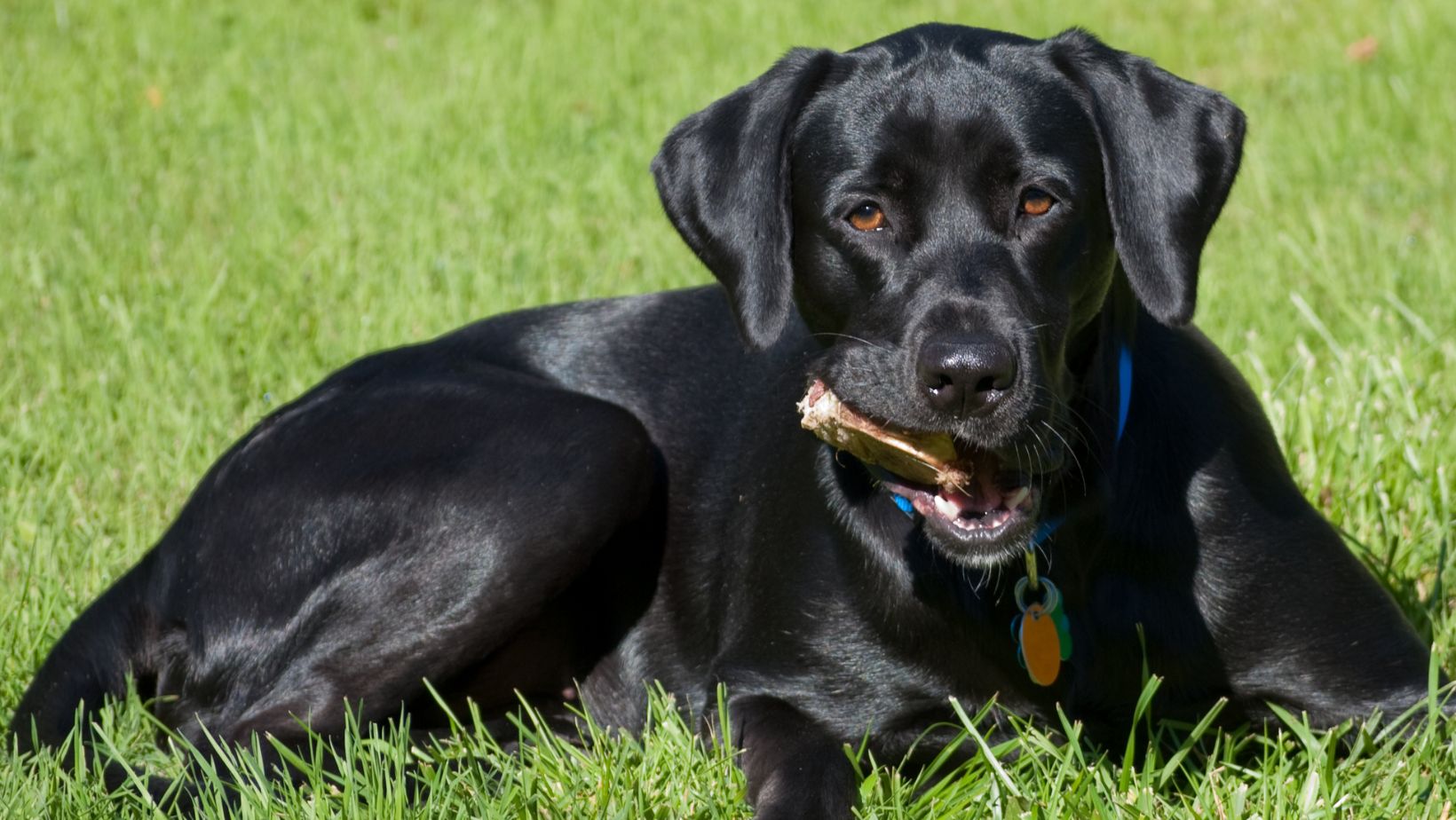How to Train a Dog to Stop Biting
Are you struggling with a Labrador that has a biting habit? Training a dog to stop biting can be challenging, but with the right approach, it’s definitely possible. As an expert in dog training, I’ll share some effective techniques that can help you put an end to this behavior.
Firstly, it’s important to understand why Labradors may bite. Puppies often explore their world through mouthing and biting is a natural part of their development. However, if not addressed early on, this behavior can persist into adulthood. To train your Labrador to stop biting, consistency and patience are key.
One method is redirection. Whenever your Labrador puppy starts nipping or biting at inappropriate times or places, redirect their attention to an appropriate toy or chew bone. This helps them understand what is acceptable for chewing and prevents them from resorting to biting human hands or furniture.
Understanding the Reasons Behind Dog Biting
When it comes to training a dog to stop biting, one of the first steps is to understand why dogs engage in this behavior. While each dog is unique, there are several common reasons that may contribute to biting tendencies. By gaining insight into these underlying factors, we can effectively address the issue and work towards a safer and more harmonious relationship with our furry friends.
- Instinctual Behavior: Dogs have inherited certain instinctual behaviors from their wild ancestors. Puppies often explore their surroundings through mouthing and chewing, which includes nipping or biting. This behavior is a natural part of their development as they learn about their environment and interact with others.
- Teething: Just like human babies, puppies go through a teething phase where their gums can become sore and itchy. Chewing helps alleviate discomfort, but sometimes they may unintentionally direct this behavior towards people or objects nearby, resulting in bites.
- Fear or Anxiety: Dogs may resort to biting as a defensive response when they feel threatened or scared. It’s important to recognize signs of fear or anxiety in your dog such as trembling, cowering, growling, or attempting to retreat. Understanding and addressing the root cause of their fear can help mitigate biting incidents.
- Lack of Socialization: Proper socialization plays a crucial role in shaping a dog’s behavior around people and other animals. If a dog has not been exposed to various situations during its early developmental stages (typically between 3-14 weeks), it may exhibit fear-based aggression or defensive biting due to unfamiliarity with different stimuli.
- Pain or Medical Issues: Sometimes dogs bite out of pain or discomfort caused by an injury or an underlying medical condition. It’s essential to rule out any physical ailments that might be contributing factors for aggressive behavior by consulting with a veterinarian.
Remember that training a dog not to bite requires patience and consistency from the owner. Seeking professional guidance from a certified dog trainer or animal behaviorist can be immensely helpful in addressing specific biting issues and tailoring training techniques to your Labrador or any other breed.
Establishing Clear Rules and Boundaries
When it comes to training a dog, especially a lively Labrador, establishing clear rules and boundaries is crucial. Dogs naturally seek guidance and thrive in an environment where they know what is expected of them. By setting consistent expectations, you can effectively teach your Labrador to stop biting and develop good behavior habits.
Here are a few key strategies for establishing clear rules and boundaries:
- Consistency is Key: Be consistent in your approach to training. Establish a set of rules that apply consistently across all family members, so your Labrador understands what behavior is acceptable at all times. Inconsistencies can confuse your dog and hinder their learning process.
- Set Ground Rules: Determine the specific behaviors that are not allowed, such as biting or nipping. Communicate these rules clearly to your Labrador using both verbal commands and body language cues. Reinforce positive behaviors with rewards like treats or praise.
- Create Safe Spaces: Designate certain areas of the house where biting is strictly forbidden, such as bedrooms or living rooms. Use baby gates or other barriers to block access if necessary. This helps establish boundaries and teaches your Labrador which areas are off-limits for rough play.
- Use Positive Reinforcement: Reward desired behaviors instead of focusing solely on correcting unwanted ones. When your Labrador refrains from biting or shows gentle play behavior, offer praise, treats, or playtime as a reward. Positive reinforcement helps reinforce good conduct while strengthening the bond between you and your dog.
- Redirect Attention: If you notice your Labrador becoming too excited or exhibiting signs of potential biting behavior, redirect their attention onto an appropriate toy or activity that encourages calmness and chewing instead.
Remember that training takes time and patience; consistency is key throughout the process! By setting clear rules and boundaries for your energetic Labrador, you’ll help them understand what’s expected of them while promoting a safe and harmonious environment for everyone in the family.
